Active First Aid Posts

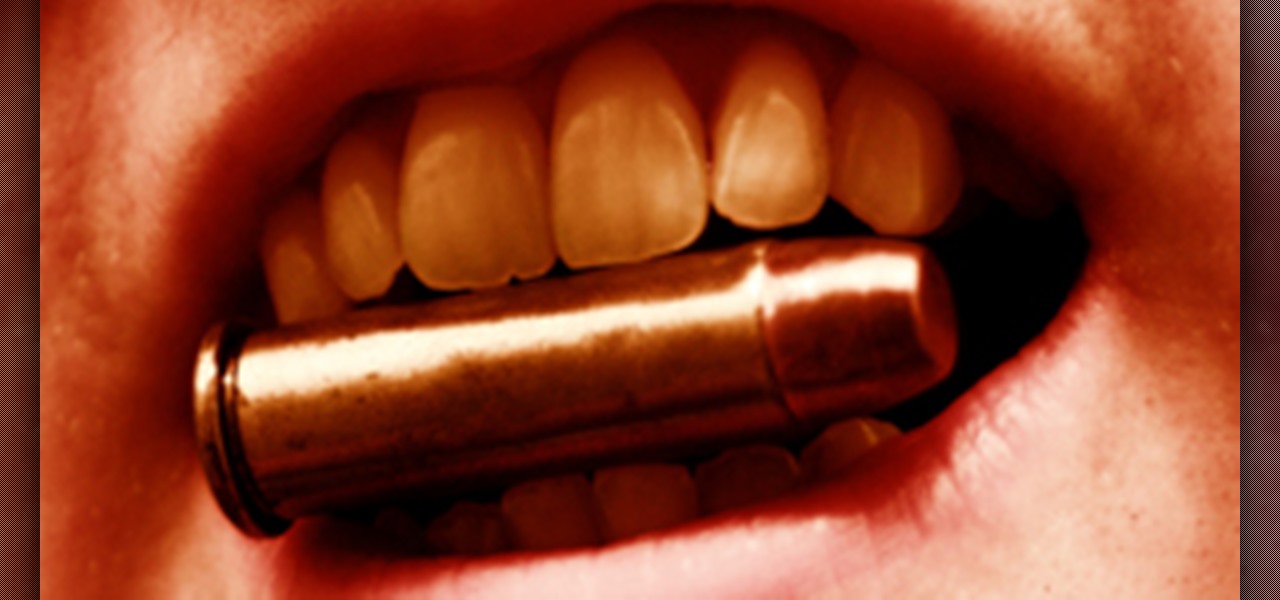
How To: Treat a bullet wound at home
If you've just been shot but can't be bothered with a trip to the hospital you may want to know how to remove a bullet yourself. Learn how to remove the bullet as well as clean and cauterize, and bandage the wound.
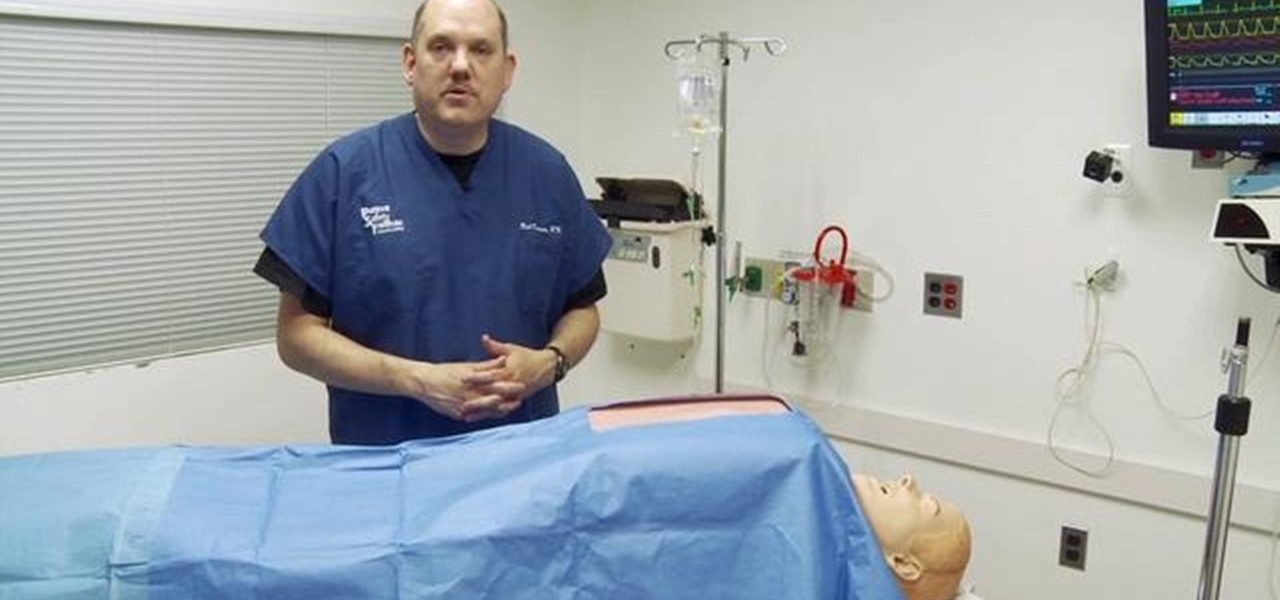
How To: Do open heart surgery on a patient simulator safely
A common problem with human patient simulators is that they are very easy to break. In this tutorial, learn how to perform simulated open heart surgery on a HPS without breaking any of the mechanisms inside his chest. This video will demonstrate how to modifiy a human patient simulator (HPS) for open heart surgery/thoracotomy proceudres in the simulation center. Although the video demonstrates the method on a Laerdal Sim Man, the technique can be appled to other simulators.

How To: Apply plaster casts
This video shows how a plastic cast is applied by a surgeon or a trained specialist.

How To: Initiate intravenous infusion in a field environment
This U.S. Army video demonstrates how to administer an IV infusion outside of a medical facility.
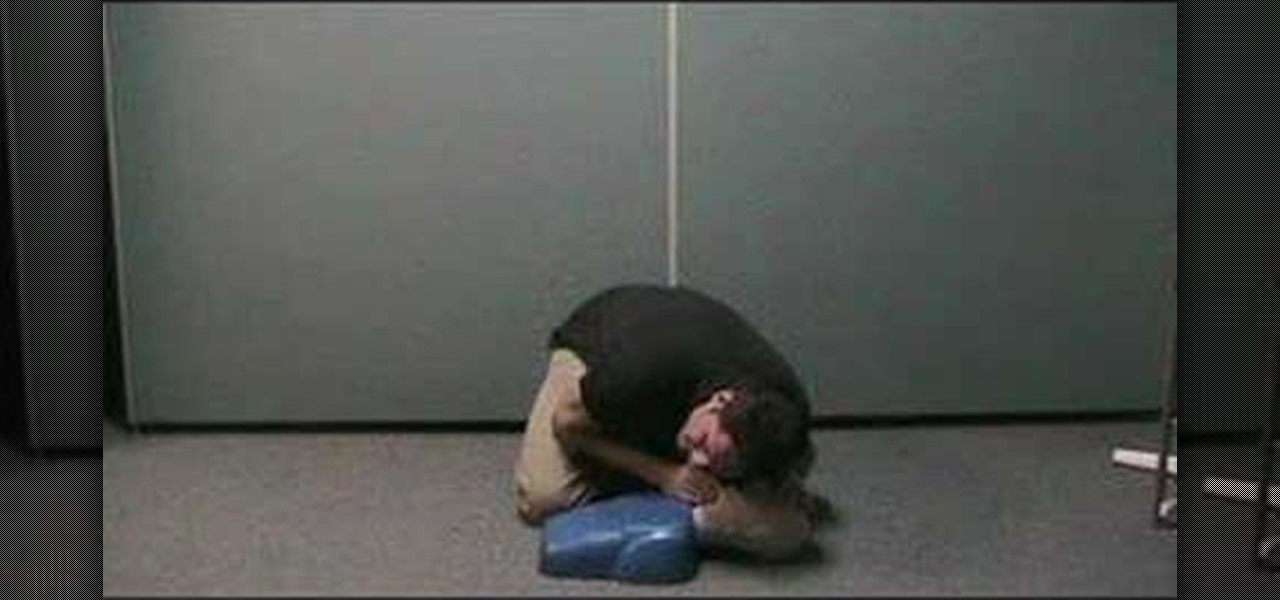
How To: Perform first aid rescue breathing on an adult
Knowledge of first aid procedures can save lives. Watch this first aid video tutorial to learn how to perform rescue breathing on an adult whose heart is working.

How To: Nobody Around to Save You from Choking? Save Yourself by Falling on the Floor
Choking is scary in any situation, but it's exponentially worse when there's no one around to perform the Heimlich maneuver. Even more so when there aren't any chairs or countertops anywhere. Fortunately, fire medic Jeff Rehman has a great method for saving your own life when things get desperate. Best of all—it requires nothing more than a solid floor.
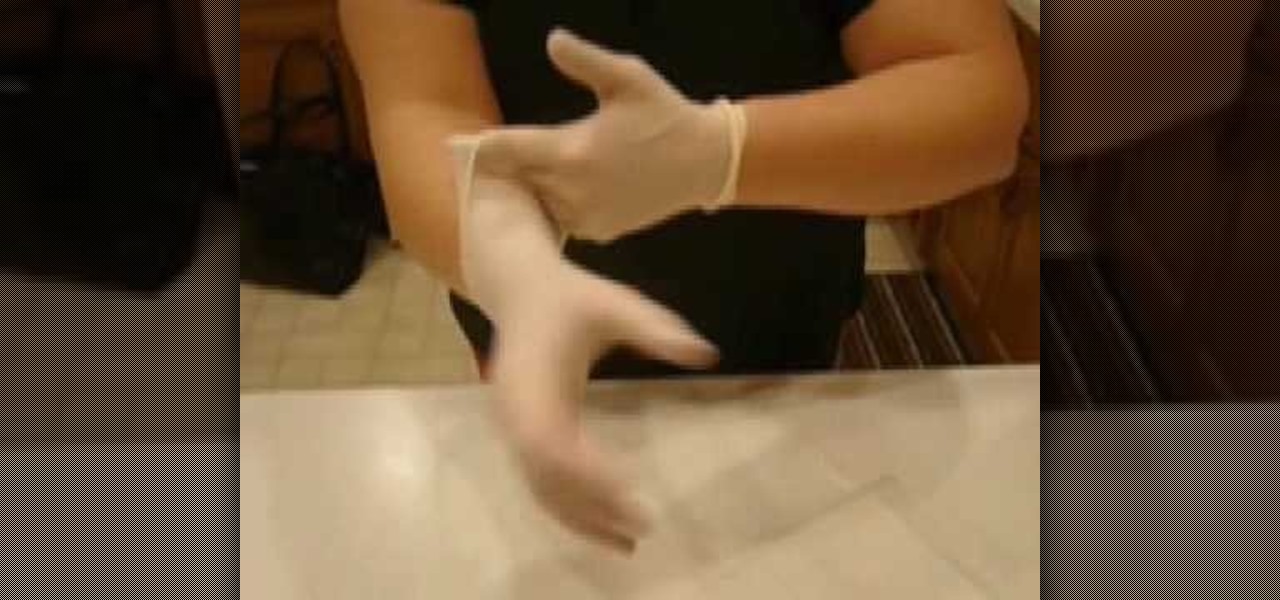
How To: Do sterile gloving before encountering a patients
This how to video demonstrates how to do sterile gloving. Watch and learn how simple it is to wear gloves without contaminating them. Always make sure you are working in a sterile field and that you have washed your hands prior to wearing the gloves.

How To: Suture a wound with a first aid kit in austere conditions
In a wilderness survival situation, someone in your group suffering a major laceration is a catastrophe. Achieving sterility and suturing the wound closed will both be very difficult to achieve. This four-part video series features a detailed explanation and demonstration of how to use a basic first aid kit to suture a wound closed in an austere situation, such as out in the wilderness. Suturing a wound closed in an austere setting is a last resort, but knowing how to do it could keep you or ...
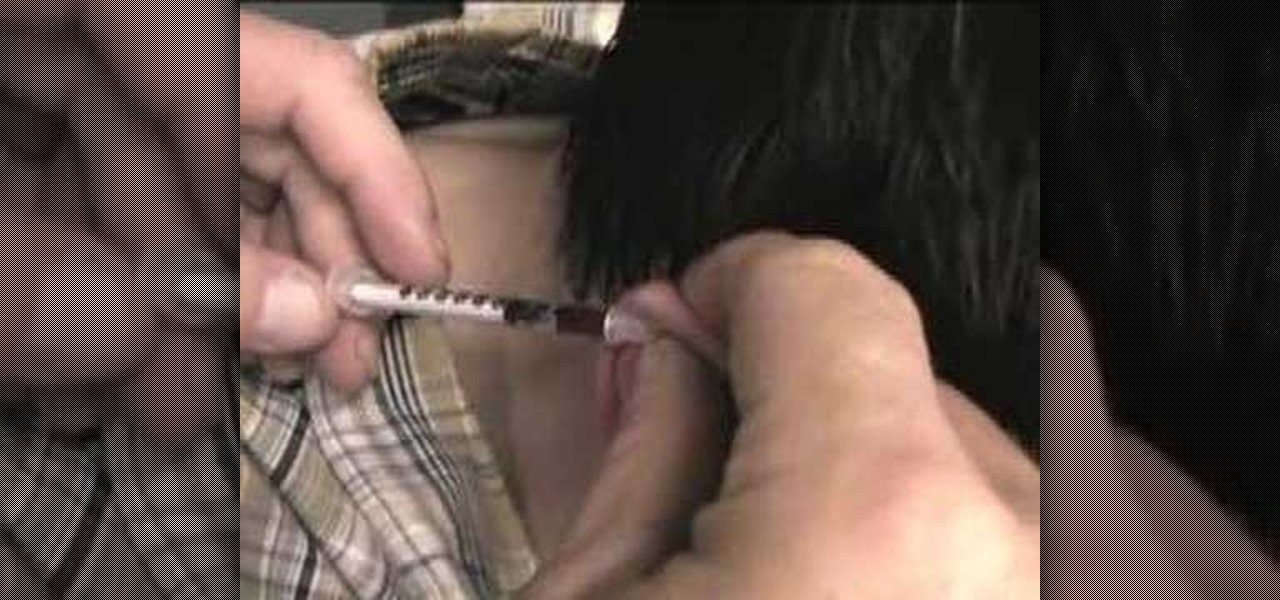
How To: Treat cauliflower ear
Check out this instructional first aid video with Kurt Osiander as he demonstrates how to fix cauliflower ear with some alcohol, a swab and a needle. Watch as Tom gets his ear deflated in just a minute or two. This video is perfect for Brazilian Jiu-Jitsu performers. Learn how to fix cauliflower ear with this first aid tutorial video!

How To: Make Your Own Resusable, Lasting Ice Pack for 30 Cents
Check out this tutorial for advice on how to make a long-lasting, reusable ice pack that will not leak for cheap. These ice packs conform to any shape you need, stay cold for a long time, won't burn your skin and won't leak! To top it all off, they cost less than a dollar each! So, keep one of these in your freezer in case of emergency and you're good to go. Toss those pricey, leaky blue packs and opt for this homemade version.
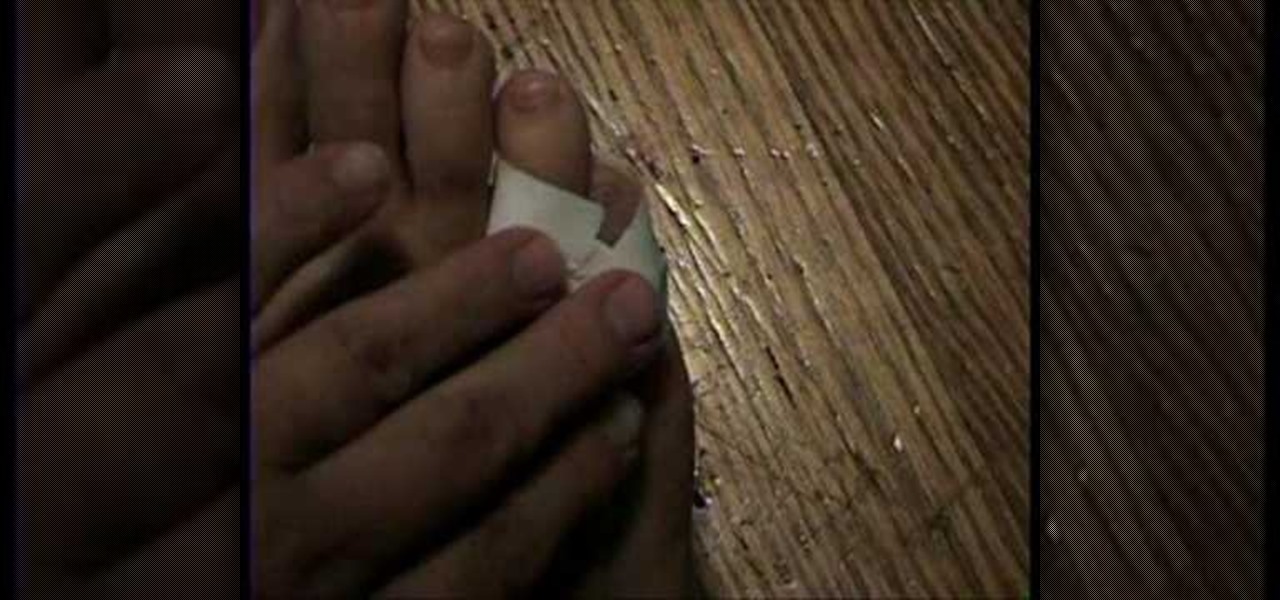
How To: Wrap up your broken toe at home
We all make the same mistake at some point. Walking around, minding your own business and then BAM you crush your toe right into a step, a wall, a small raise in the ground. Your toe is broken, you're shouting like a sailor, and your toe now looks like a swollen grape. Don't worry, you don't have to go to the hospital. Instead, check out this great video where you learn how to wrap your broken toe to help it heal.

How To: Treat a Snake Bite
The only thing worse than being bitten by a snake is not knowing what to do. This how-to tells you if you are in danger of dieing. There are some seriously good tips on what to do if bitten by a snake.

How To: Draw blood from an arterial line
In this tutorial, we learn how to draw blood from an arterial line. First, you will need a catheter, tubing, regular iv tubing, 10 cc syringe, transducer, fluid bag, and iv saline bag. First, waste a couple ml's of blood by turning the stock cock off to the system and draw back a couple liters of blood. After this, turn the stock cock off the syringe and take out the syringe, then add a new one. Now, take your sample of blood and draw out 5 ml of new blood. Take out the syringe, then cap it a...

How To: Give a bimanual pelvic exam
Learn the procedure for performing a bimanual pelvic exam of a female.

How To: Assess and treat a venous wound with a nylon dressing
Studying to be a nurse? Then here is a nursing how-to video that teaches you how to assess and treat a venous wound with a nylon dressing. Every nurse should know the basics of this technique, follow along and see how easy it is to treat venous wounds with nylon dressings. It is important to monitor the progress of your patient's wound throughout their stay. These medical tips are sure to help you pass your nursing exam with flying colors.

How To: Give an eye exam
Learn the procedure for giving a basic eye exam.
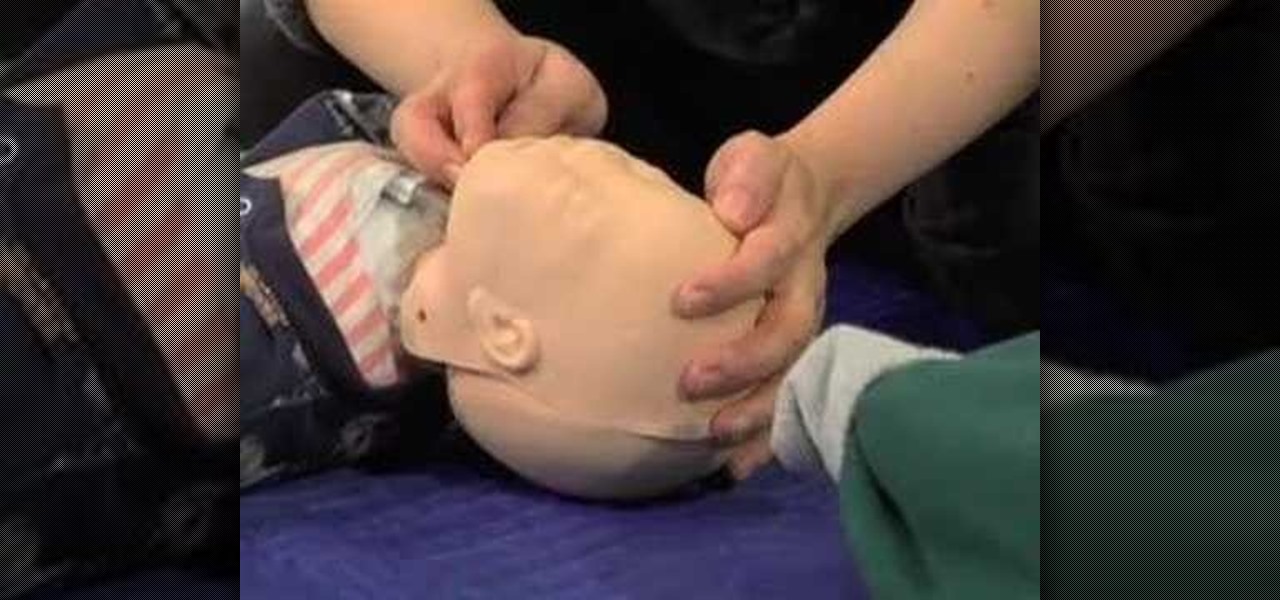
How To: Perform CPR on an infant
Would you know what to do if your infant suddenly began to choke or stopped breathing? An important part of caring for you child is being prepared in an emergency. This informational first aid how-to video shows you step by step instructions on how to preform infant CPR.
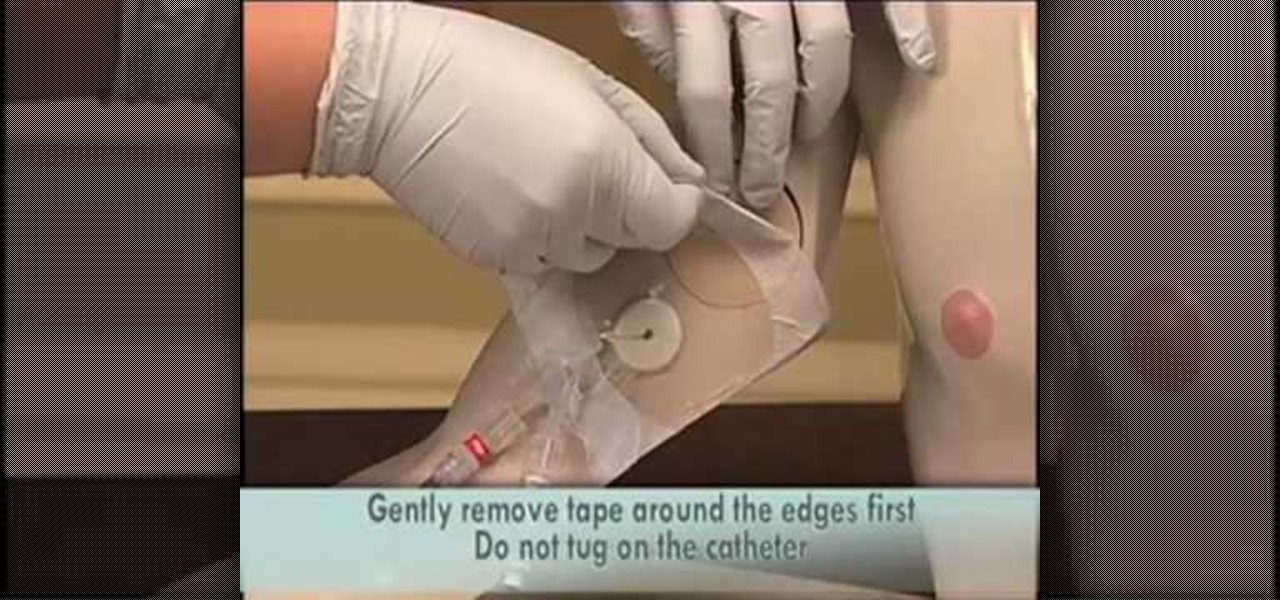
How To: Insert a proper PICC line into your patient
PICC stands for a peripherally inserted central catheter, and is usually inserted somewhere in your patient's uppper arm, giving access to the larger veins in the chest region. PICC lines are often desirable because they are the least risky way of giving central access to the veins near the heart, especially when your patient will need to have one for an extended period of time. This tutorial shows you everything you'll need to know about how to properly and safely insert a PICC line into you...

How To: Treat minor cooking burns at home
It's impossible to learn how to cook without getting burned a few times. First, learn how to avoid getting burned (like using potholders and taking care around hot stoves). If you accidentally get burned, here is how you can treat the minor burns with water and first aid supplies.

How To: Repair an episiotomy
Learn how to perform an episiotomy repair in the event of a laceration or tear during delivery.

How To: Change the dressing on a stage two wound in nursing
Studying to be a nurse? Then here is a nursing how-to video that teaches you how to change the dressing on a stage II wound. Every nurse should know the basics of this technique, follow along and see how easy it is to use wound care products to change the dressing on a stage II wound. These medical tips are sure to help you pass your nursing exam with flying colors.

How To: Remove nitrile exam gloves properly and safely
Nitrile exam gloves are the latest in disposable medical glove technology. They withstand stress well and won't trigger latex allergies, making them a great choice for first aid work. Watch this video to learn how to remove them properly, ensuring that your skin is not contaminated by whatever you were trying to keep off them with the gloves.

How To: Provide emergency care to a person who is unconscious
In this medical-minded video tutorial from the folks at ICYou, we learn about the potential risks associated with providing emergency care to an unconscious person. For all of the details, and to learning more about providing aid to a person who is unconscious, take a look.

How To: Perform CPR in an emergency situation
In this medical-minded video tutorial from the folks at ICYou, we learn about the newest recommendation for administering CPR (or cardiopulmonary resuscitation). For all of the details, and to get started learning more about how to give CPR yourself, take a look.

How To: Treat an open wound in 4 easy steps
Here are the four steps you need to know in order to treat a person with an open wound. Treat an open wound in 4 easy steps.

How To: Identify pelvic adhesions with endometriosis
This video is for medical students and residents-in-training who want to learn more about endometriosis.
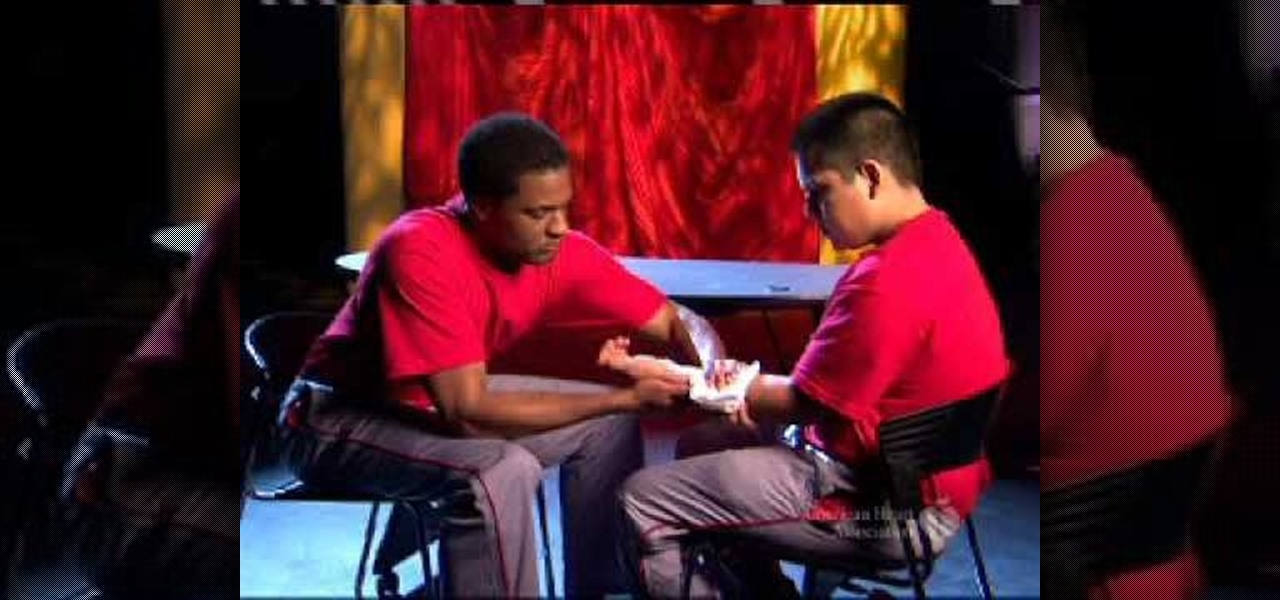
How To: Stop bleeding with pressure and gauze
In this tutorial, we learn how to stop bleeding with pressure and gauze. If someone around you gets hurt and is bleeding, the very first thing you will want to do is put pressure on the area that is bleeding. If you don't have gauze, use a shirt or a towel. Do not touch the blood directly, as this can cause disease and other complications. Push down on the area firmly with your entire hand and take the victim to a hospital to get checked out, if the wound is large enough. If it's a smaller cu...

How To: Manage a fever in children with Dr. Bill Gray
In this tutorial, we learn how to manage a fever in children. When your child has a fever, this means their body is fighting an infection. The fever will vary depending on what it is, but it will usually peak at 106 degrees. Don't bring the fever down with Tylenol, because it could make the cold last for a longer amount of time. This can be a greater threat to health than the illness was in the first place. If the child starts to get a higher fever, this is a good sign that the body is killin...
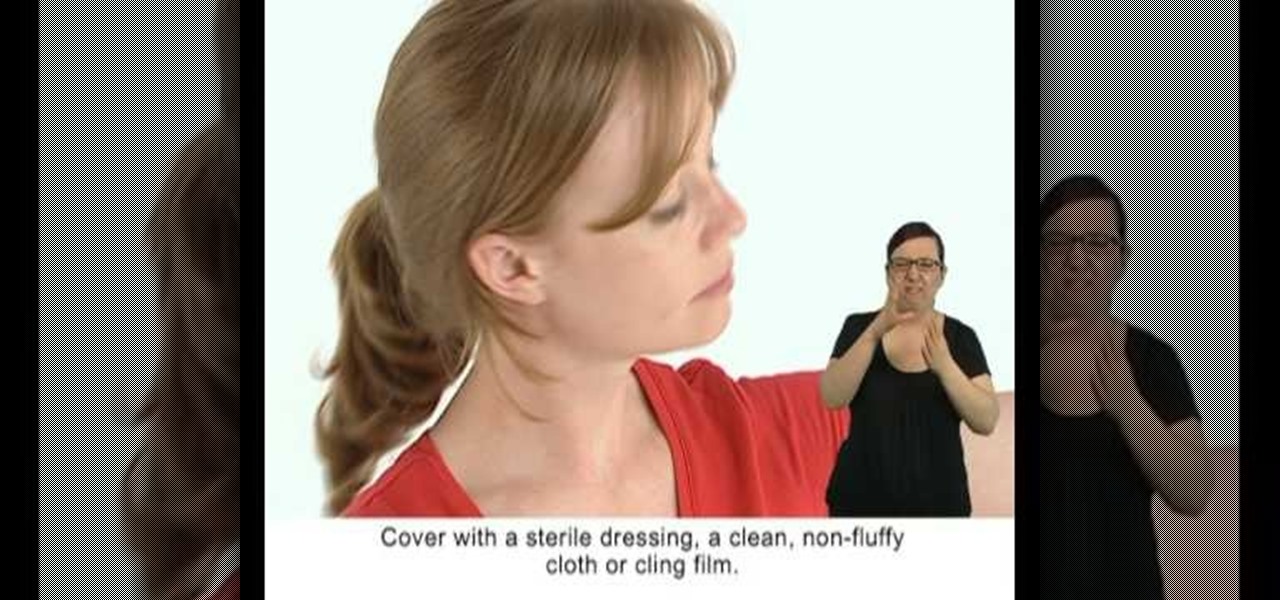
How To: Treat burns and scalds [signed] (British Red Cross)
In this first aid video, learn the simple procedure of caring for burns and scalds, in sign language. It's specifically geared to helping the deaf and hearing impaired.
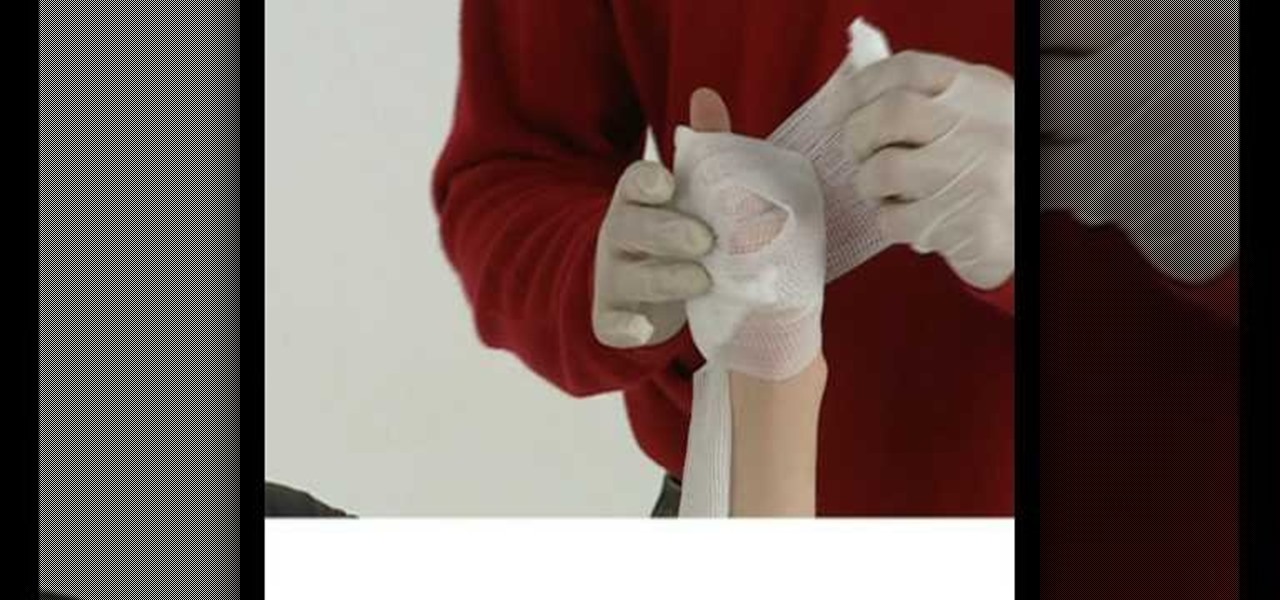
How To: Stop severe bleeding [signed] (British Red Cross)
This video is designed to help deaf people, or those with hearing impairments, learn how to do basic first aid. Specifically, this video deals with sever bleeding and how to stop it, and is taught in sign language.
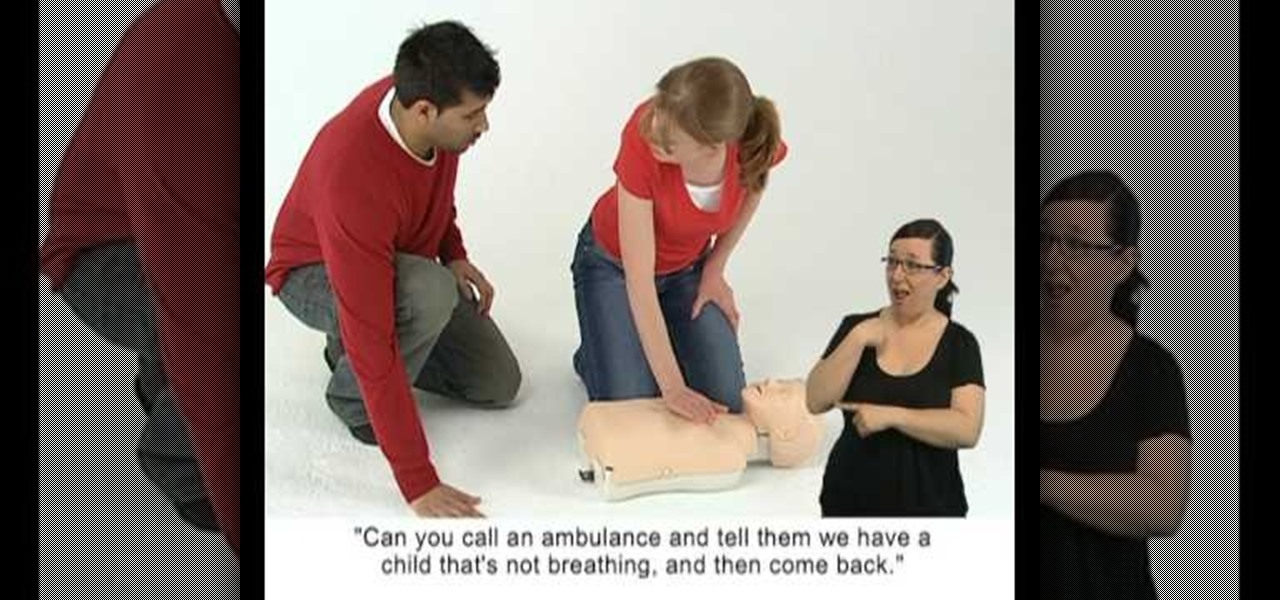
How To: Perform CPR on children [signed] (British Red Cross)
Deaf people are just like everyone else, and they have a responsibility to save lives just like the rest of us. Those with hearing impairments might not be able to benefit from most online first aid training, but this video is signed to give those with hearing problems the info they need to help out.
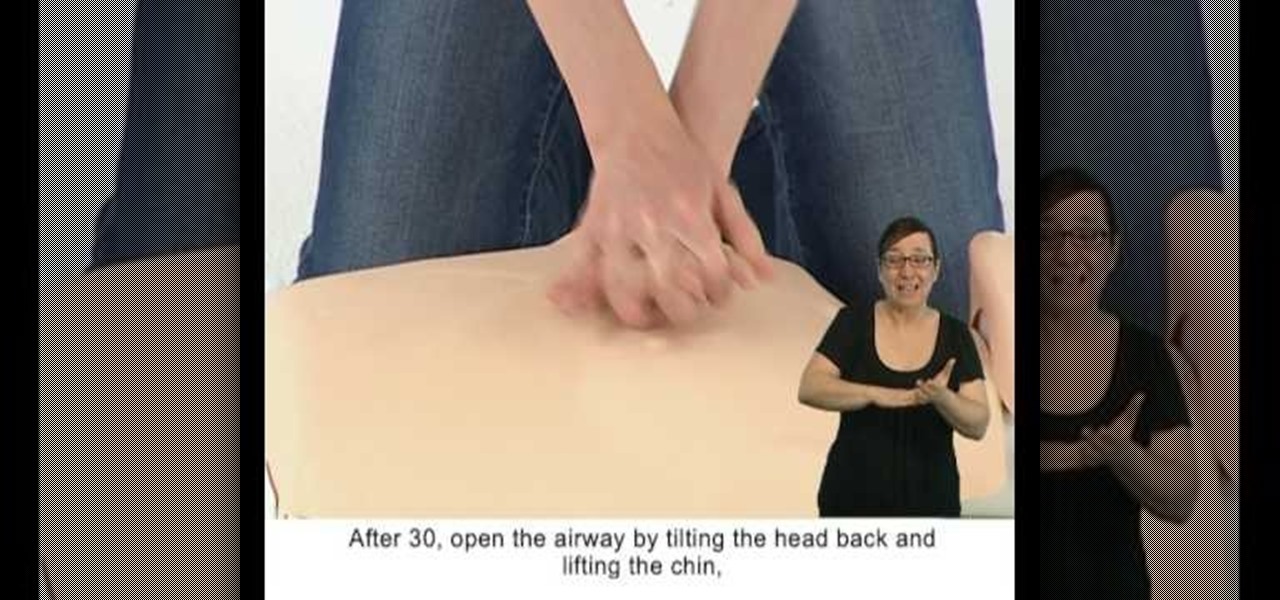
How To: Perform CPR on an adult [signed] (British Red Cross)
Everyone should know basic first aid, and the hearing impaired are no different. Deaf people can save a life just like any other, so this video is designed specifically for the hearing impaired, in sign language.
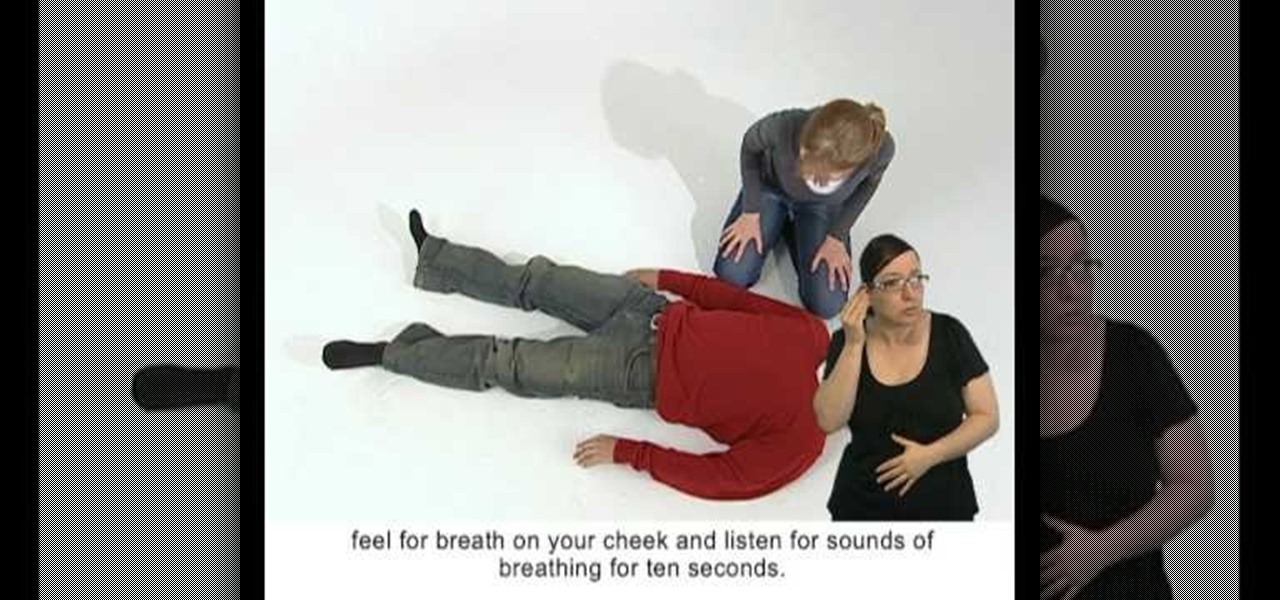
How To: Use the recovery position [signed] (British Red Cross)
Even those with hearing impairments need to know basic first aid procedures, because everyone, including deaf people, can save a life one day. People may collapse unexpectedly for a number of reasons, and people who faint periodically, or those who suffer frequent seizures or from epilepsy need help from others, so it's important that everyone know the proper first aid procedure for saving a collapsed victim casualty.
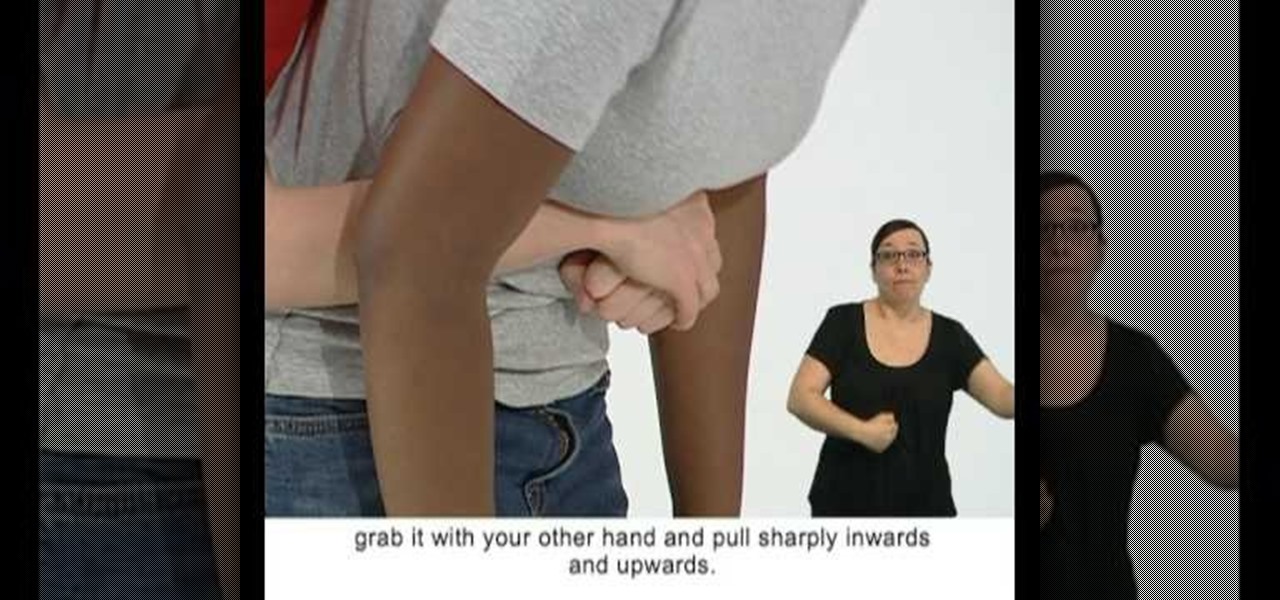
How To: Treat a choking person [signed] (British Red Cross)
Everyone should know how to perform basic first aid, especially for choking victims. This video will help deaf people and those with hearing impairment learn how to deal with choking, using sign language. Choking is serious life-threatening problem that need immediate attention. It could result in such problems as hypoxia or even death.
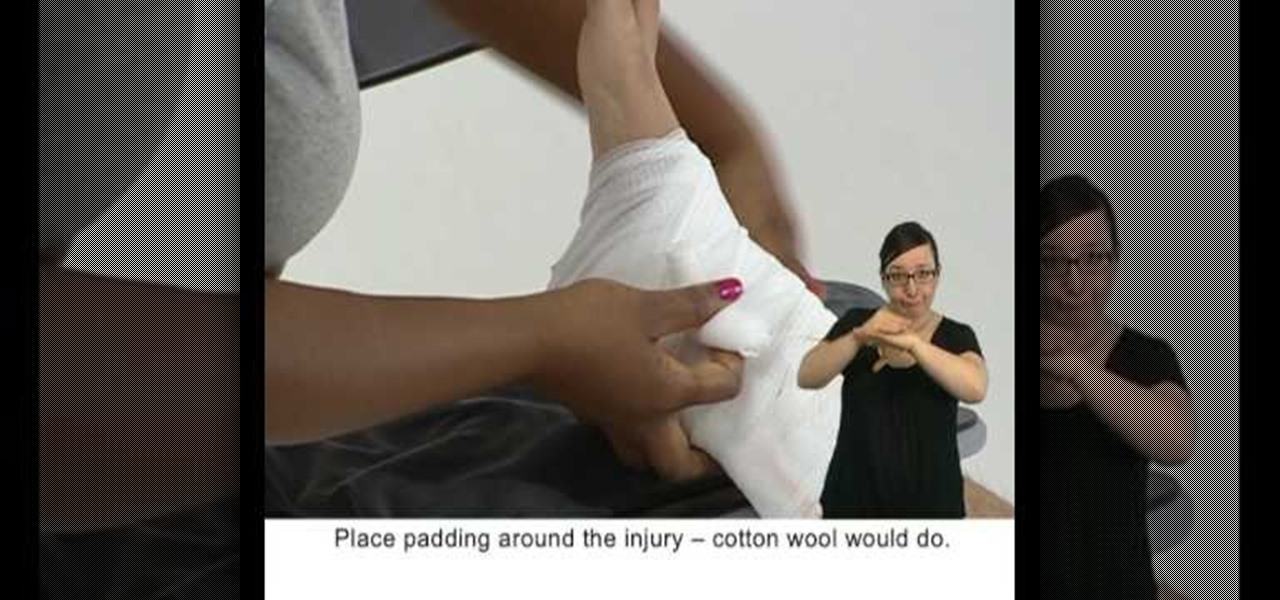
How To: Treat strains and sprains [signed] (British Red Cross)
Everyone should be able to perform basic first aid, even those with hearing impairment. Deaf individuals are just as likely to save a life as anyone else, but they need to know how, just like everyone else. This video is signed to help those with hearing problems learn about strains and sprains treatments. Although strains and sprains are not a serious injury, they are still very painful for the sufferer, and the only way to make sure they heal properly is to make sure they get immediate atte...

How To: Stop shoulder, neck and back tension from computer use
In this video, a doctor gives you great information on how to relieve shoulder, neck, and back pain from prolonged computer use. It's great advice for those of us who work at computers more than a few hours a day. The best way to improve tension is to fix your posture first, and make sure the screen is not too close to your eyes. Stop shoulder, neck and back tension from computer use.

How To: Recognize and treat the 5 C's of a fever in children
Dr. Chris Steele guides us through how to find the 5 Cs of a sick child. When you have a child who is running a fever, it's important to remember not to heat up your home and wrap them in a ton of blankets. This is the worst thing you can do because you're increasing the warmth around them, which is going to increase their brain and body temperature. If your child has a fever, remember to cool them. Cool their room, cool a wash cloth to place on them, cool drinks, cool ice cream, and cool bed...

How To: Stop a nosebleed easily
In this tutorial, we learn tips from roadies. If you experience a nosebleed and don't know how to handle it, there is a very simple way to cure it. First, take a long string and tie it around the middle of your hand a few times until it's tight. Then, make a fist with your hand and squeeze for two minutes. By the time the two minutes is up, your nosebleed should have subsided. Another tip, is for when you have hiccups. First, take a pen and press it on the inside of the ear. After a few secon...
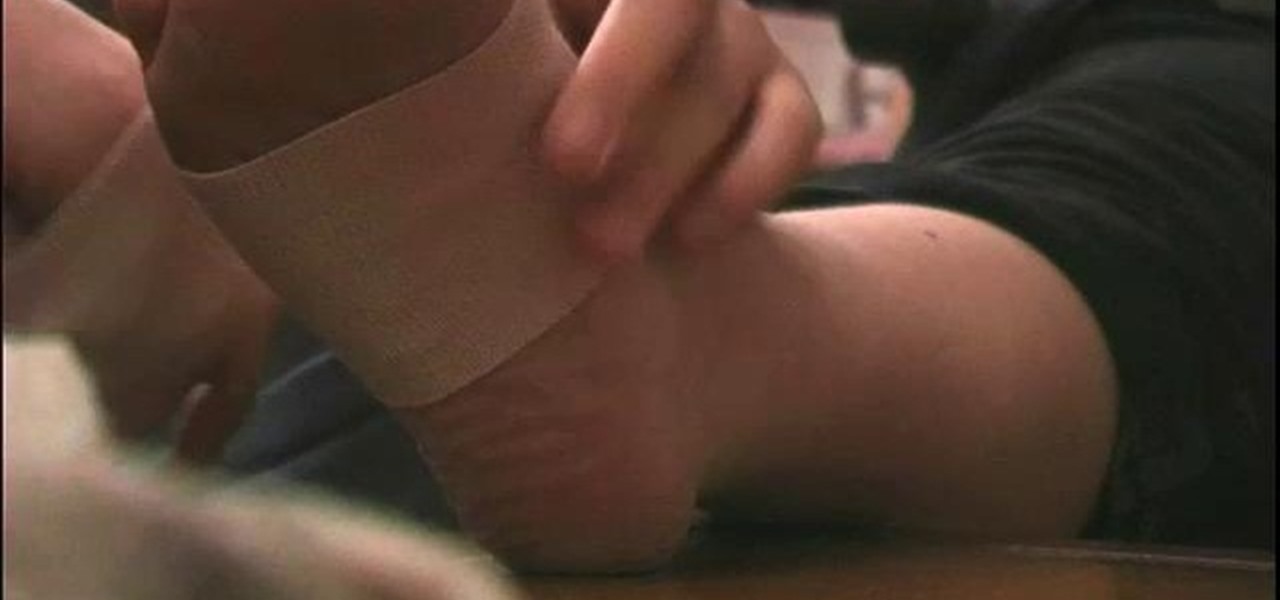
How To: Wrap an injured ankle
The last thing you want to do with an injured ankle is to hurt it further by wrapping it up improperly. Fortunately, wrapping an ankle is easy once you know how. And this free video first aid tutorial will show you precisely what you'll need to do. For more information, including detailed, step-by-step instructions, take a look!

News: Is That What I Think It Is?
More CPR education (the super gratuitously sexy way). If you're hypnotized and you missed Lesson #1, now would be the time to check it out... Previously, HowTo: Learn CPR (the Super Sexy Way).


